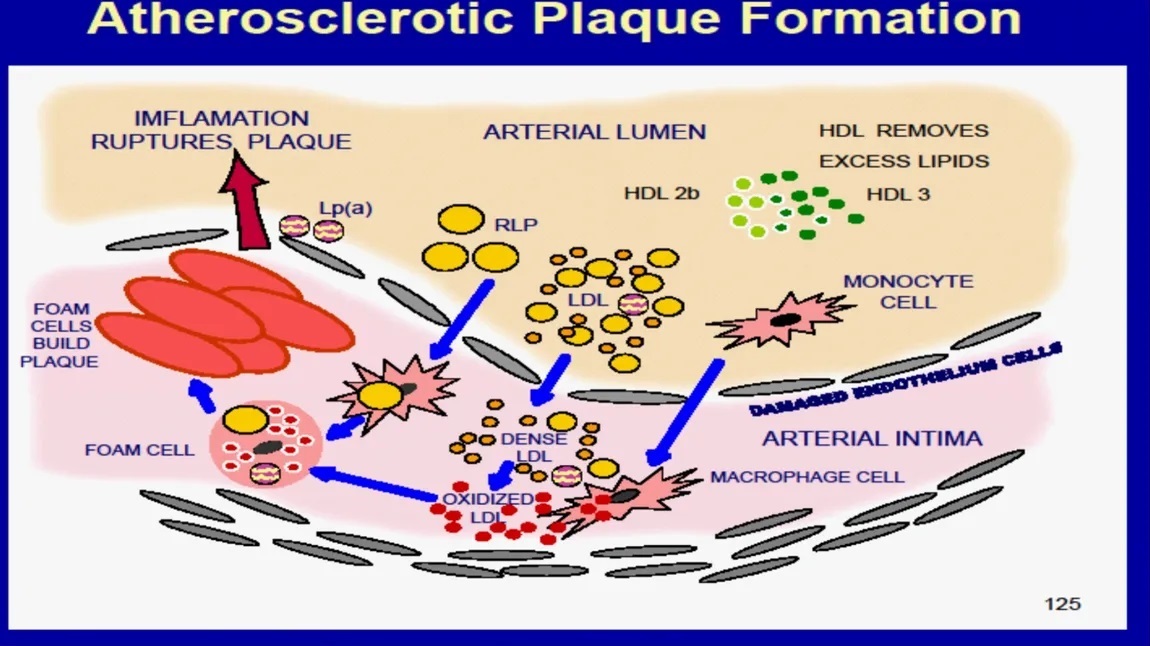Prevention of Heart Attack & Stroke Program
How about monitoring the progress of atherosclerosis in your arteries to see if what you’re doing is enough? If you just monitor 2 of the many risk factors for plaque formation, then you don’t know if you need to do more.
Risk factor screening for Heart Attack Prevention
Who is our Heart Attack/Stroke prevention program for?- Do you want natural treatments to prevent a heart attack or stroke?
- Do you have a Framingham risk score of intermediate?
- Do you have a family risk of early heart disease?
- Are you on any medications for blood pressure or cholesterol?
- Have you had a heart attack or stroke?
- Are you diabetic?
- Do you have a body mass index of 30 or more?
- Do you have family history of high cholesterol?
- Do you have elevated blood pressure and would like to treat it without resorting to medications?
- Do you have erectile dysfunction?
- Did you have high blood pressure when you were pregnant?
- Do you have sleep apnea?
- Do you have chronic obstructive pulmonary disease?

If you've answered yes to any of the above questions then you likely are a candidate for further screening and subsequent management of any risk factors for developing atherosclerosis or stroke. Our medically supported program includes initial screening for artery health, determination of existing plaque, and a plan to address the contributors to the plaque progression. This plan includes medications, nutraceuticals, dietary support, and physical exercise suggestions. Book a consultation to learn more about the program.
How Can I Tell If I have Plaque In My Arteries?
What we need to understand when it comes to preventing heart attacks and strokes is that we can monitor risk factors for developing atherosclerosis leading to the heart attack or stroke or we can monitor the plaque! We can also monitor both. There are 25 independent risk factors for developing cardiovascular disease but most commonly, only two risk factors are monitored – cholesterol and blood pressure. How can a person who is concerned about their risk feel confident that monitoring only 2 risk factors is going to be good enough? It’s not good enough as evidenced by the fact that heart attack and stroke are still significant causes of death. There’s evidence that elevated LDL places the risk of a cardiovascular event at two times the risk as someone who doesn’t have elevated LDL. If a person has plaque in the artery, the risk climbs so that the person is up to 25 times more likely to have a cardiovascular event. Plaque assessment can include calculating vascular age or getting a calcium score. We offer both of these options for people who want to have a better idea of their particular risk. Once a person knows their particular risk of having a cardiovascular event we can better assess and manage the risk factors contributing to their elevated risk as evidenced by the presence of plaque. For more information on how we can help you with managing your risk for heart attack or stroke, please book a complementary consultation.Calcium Score
The calcium score is a test that involves a person having a CT scan of their heart to determine the amount of plaque in their arteries. This is a test that has low risk for the patient and it can be very helpful with regards to assigning cardiovascular risk to a person. Book a consultation to learn more about preventing a heart attack or stroke.Vascular Age
The vascular age is a measurement of the soft plaque that is naturally made in a person’s artery. This measurement is a harmless test that can identify people who are at higher risk for cardiovascular disease. Our arteries naturally make a small amount of plaque which resides in the lining of our artery and this measurement is age and sex adjusted. What this means is that men and women make different amounts of plaque and as a person ages their vascular age increases as their chronological age increases. So if you have a vascular age greater than your chronological age, then you’re considered to be at higher risk of having a cardiovascular event. Book a complementary consultation to learn more about prevention of heart attack and stroke.How Plaque is made
It is very important to understand how plaque is formed in our blood vessels in order to be able to develop a plan to prevent more plaque from forming in our blood vessels. We can use the diagram above to refer to when trying to understand how plaque forms and what are the roles of LDL , HDL, and the lining of the artery called the endothelial lining. Let’s think of the endothelial lining as a net that lines the inside of our arteries. Let’s think of LDL as particles of varying sizes floating around in our blood. Think of these different size particles as marbles, golf balls, and baseballs with the dense LDL (as shown in the diagram above) being the marbles. When the net lining the artery is functioning normally then what we have is adequate protection from plaque production therefore low risk for heart attack and stroke. Part of the reason we have lower risk of heart attack and stroke when it is functioning normally or healthy is because healthy levels of nitric oxide will be produced therefore causing the blood vessel to fully dilate and therefore lower blood pressure. As well, with adequate nitric oxide levels, the marbles will have a more difficult time to slip through the net as shown in the diagram above where the net is unhealthy.
If the net is unhealthy, then you can notice that mostly small dense or marble size particles make it through and the larger golf balls or baseballs don’t generally slip through. This helps to understand why determining your composition of your LDL is so important along with determining the health of your lining of your artery (net). You can also notice that there are HDL particles floating around as well in our blood. What do HDL particles do in our blood? These particles are like cholesterol garbage trucks that travel through our blood looking to pick up LDL particles (marbles, golf balls, baseballs) and take them back to the liver to be remade into new LDL particles. When you look at the HDL particles you can notice there are different size particles (or cholesterol garbage trucks) that have different efficiencies when picking up the LDL particles. The most efficient HDL particles are the HDL 2b particles. So you can see why having adequate HDL particles in your blood can affect your risk for developing a stroke or heart attack. Once those marbles have slipped through the artery lining or net, then the next step is for one of our white blood cells of our immune system (macrophages) to try and remove the LDL particle (marble) that has slipped through the lining of the artery (net). When the white blood cell collects some LDL particles (marbles) then it produces a foam cell which when joined with other foam cells, they form plaque leading to atherosclerosis or coronary artery disease. Over the years if this process continues, the result is plaque building up in the artery wall like a pimple forms with acne. Progressing further in the process, this pimple can burst and cause a clot in the artery which is called a heart attack.
Statin Drugs
A common family of cholesterol medicines used to lower cholesterol to prevent heart attacks. Should you be taking this family of medication? Did you know that there are studies that indicate that statin drugs don't help over 90% of people on them? The paradigm is changing from a cholesterol centric problem to a more multiple cause centric problem where there are proven ways to increase life span.Why a Carotid Doppler Test Fails
A doppler test for the carotid artery involves measuring the blood flow speed through an artery measured with ultrasound. The doppler test may not be accurate when it comes to monitoring for common carotid artery plaque. This can also be said for the external carotid artery. With early detection and management of atherosclerosis, the key to prevention is sequential measuring of the carotid IMT to determine if measures undertaken to slow atherosclerosis are working.

High Blood Pressure
High blood pressure is one of the many risk factors for the development of coronary artery disease, it's also one of the worst. Many people would be surprised to know that if both cholesterol and blood pressure were elevated, high blood pressure would promote artery disease faster. It is the silent killer. Many people with family history of elevated blood pressure become comfortable with their elevated pressure and don't feel that it can be managed or that it won't contribute to an earlier heart attack or stroke. This cannot be further from the truth. Whether you have family history or not, the goal is to manage it with all efforts.It may be surprising that many people who've been told their blood pressure is normal are actually walking around with elevated blood pressure contributing to the development of coronary artery disease. Diagnosing high blood pressure with in office blood pressure tests and home testing may not be the most accurate way. Much research has clearly shown that 24 hour blood pressure is a reliable method to diagnose hypertension and other blood pressure risk factors. In the Hardy Heart Program we use 24 hour blood pressure monitors to manage blood pressure. Recent studies such as SPRINT have shown how out dated the blood pressure guidelines have been.
Many patients want to able to manage their blood pressure without taking blood pressure medications and are open to the multiple ways there are to help manage the pressure. In a recent study published, 62% of patients could taper or discontinue drug therapy by utilizing targeted nutrient and lifestyle changes. Our programs incorporate this approach for people willing to make changes. In some cases, pharmaceutical therapy is utilized.
